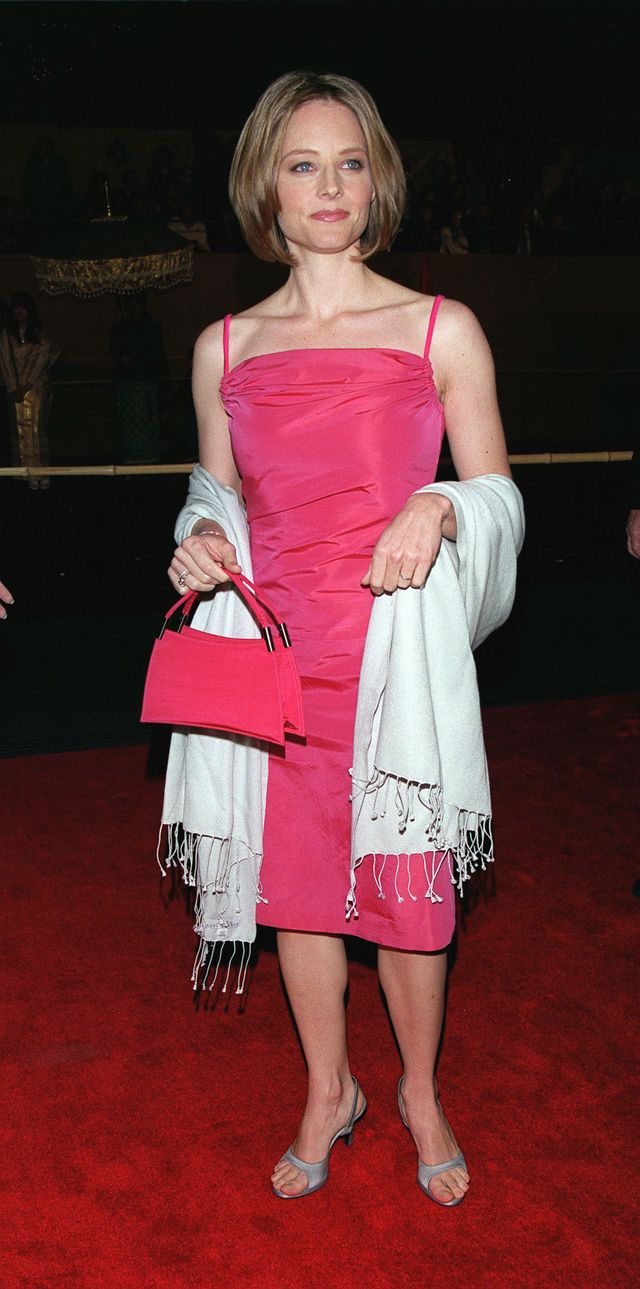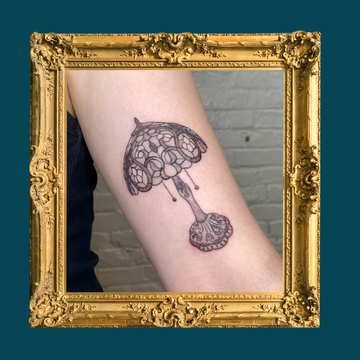Have you ever heard of shahtoosh? It’s a kind of shawl made from the hair of Tibetan antelopes that is rarely worn in public, so it’s perfectly OK if you haven’t. And if you’re patting yourself on the back for being one of the few people to actually own one...we hate to break it to you, but you’re a criminal. Regardless, to understand the allure and sin of the shahtoosh, we should look back to 1999.
Every now and then, a new word is added to our lexicon—one that does not merely capture the zeitgeist, but also defines it—and at the end of the last millennium, that word was pashmina.
Surely you remember those long, brightly colored cashmere shawls, made from the fleece of Tibetan mountain goats, that everyone from Nicole Kidman to your Great Aunt Pearl wore. At first they were a status symbol, primarily wrapping the bare shoulders of the most stylish and well-heeled women. They were dramatically oversize and soft like a puppy after its first bath, but the foreign name is what made them a sensation; after a while, the word was being used to describe anything that kept your neck warm. By the time the craze had waned, a “pashmina” could be procured, dirt cheap, from street vendors and in Hare Krishna temple gift shops.
It’s been 20 years since the word pashmina has been deployed in conversation without being a punch line. But the fact that it came to prominence at all is in large part due to the controversy surrounding shahtoosh, a much more precious fabric from the same region of the world with an even more exotic and mysterious name.
Like real pashmina, shahtoosh is also from the Himalayas—it was a choice wrap for the 16th-century Mughal emperor Akbar the Great—but instead of goat hair, shahtoosh is made from the underfur of the chiru, a species of antelope indigenous to the Tibetan Plateau in China. The problem is that these majestic animals must be killed before their wool can be removed. As a result, since 1975, the species has been classified as endangered. That, of course, didn’t stop poachers and the shahtoosh trade writ large—it merely made the scarves rarer, and more expensive and desirable. They were brazenly presented for sale in windows of tony shops on New York’s Madison Avenue, as well as in magazines like Harper’s Bazaar, as late as 1998. The price tags were commensurate with their rarity—that is, extortionately expensive. Back then, a shahtoosh could lighten your wallet by as much as $15,000—far more than the cost of other luxurious fabrics like vicuña and cervelt.
After some time, government agencies around the world, including the U.S. Fish & Wildlife Service, began cracking down on the illegal importation of shahtoosh. Bringing it into the United States knowingly could result in a five-year sentence in federal prison and a six-figure fine. At the very least, you’d have your ill-gotten accessory confiscated by U.S. Customs officers.
In 2001, Vanity Fair reported that a group of wealthy, high-profile women, including supermodel Christie Brinkley as well as socialites Karen LeFrak and the late Nan Kempner, were issued subpoenas by federal agents for owning shahtoosh. Denise Hale, another socialite, told the magazine: “Darling, everyone I know has one or two. Or three or four or five. This is the first time I hear it’s illegal.” And the scandals didn’t end there—in 2017 Martha Stewart told the New York Times Travel section that she brings her shahtoosh on every trip. An editor’s note was later added to clarify that Stewart’s shawl was cashmere and not a real shahtoosh.
Aside from its rarity, the real reasons shahtoosh was—and still is—the object of so much desire are its ultrasoft texture and extremely fine threads. (It’s said that the fabric is so thin, an entire shawl can easily be squeezed through a wedding ring.) “It’s the forbidden fruit of fabrics,” a source tells ELLE Decor. “It weighs nothing and vicuña is like sandpaper by comparison. It feels like it’s been woven from the hair of an angel fallen from heaven.” To know that feeling in 2019, vicuña—or your old pashmina—must suffice. Heaven, as ever, will have to wait.
Charles Curkin is ELLE Decor's Articles Editor, covering everything related to luxury watches, design, and travel, and has previously written for The New York Times, The Wall Street Journal, and The Paris Review.

















